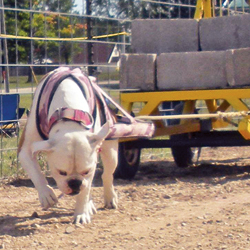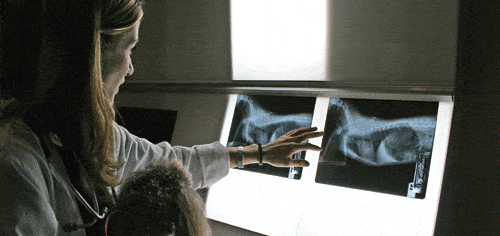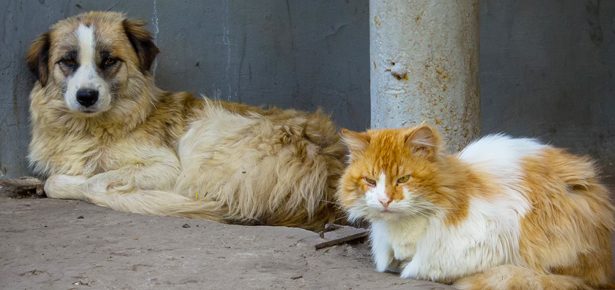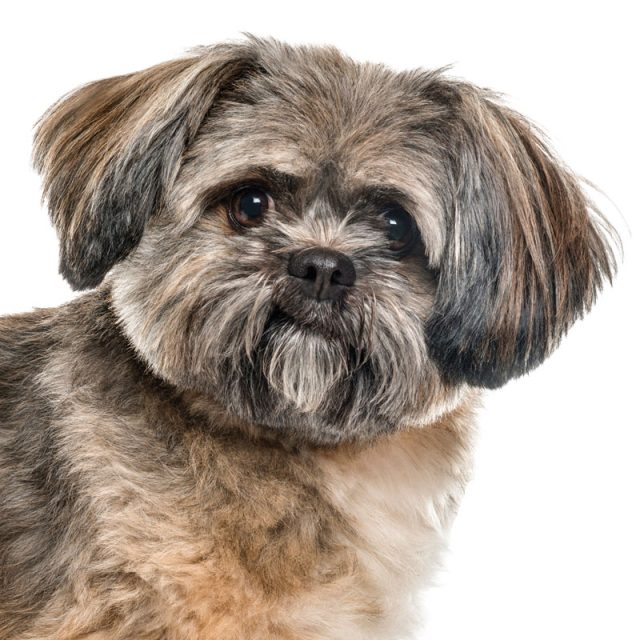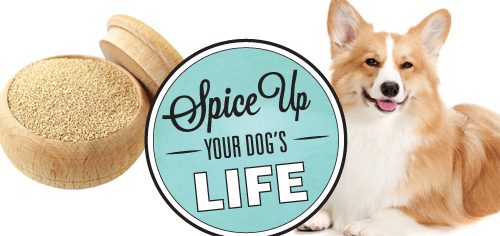
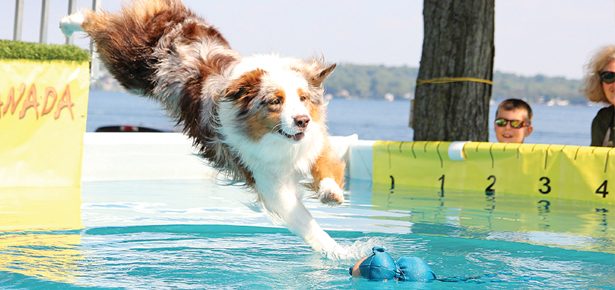
The Best Exercise For Your Dog’s Breed
Want a balanced, calm, and happy dog? Satisfy his instincts! Breed-appropriate activities let dogs focus their energy as they were bred, often times over centuries, to do.
Most breeds were bred to do something specific, be it ferret out critters (the Dachshund, for one), round up sheep (most famously, the Border Collie) or retrieve fallen birds (retrievers of all ilk). Fulfill your dog’s instinctual breed-based needs to satisfy an ingrained desire to perform certain behaviours by trying out one of the activities below. High-energy dogs in particular will benefit by engaging in exercises that fulfill the needs of their breed.
Herding breeds
Members of this breed group, which includes the Border Collie, Australian Cattle Dog and Australian Shepherd want nothing more than a task to perform. Agility, which requires participants to wend their way through a series of obstacles, is a natural fit for these smart dogs that want a job to do. Another partner-work activity these intelligent breeds excel at is Canine Musical Freestyle, a sport in which you and your dog perform a highly choreographed series of moves set to music (Google it!).
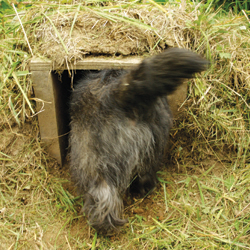
Bred to sniff down and dig out prey, the feisty and energetic members of the terrier group—the Norfolk and Airedale Terriers are two examples—are active dogs. Earthdogging, a sport in which dogs navigate a series of tunnels constructed through the earth in order to reach their “prey” (no animals harmed), is an ideal activity. (For more on this sport, check out moderndogmagazine.com/earthdogs.) They’ll also love playing hide and seek for treats.
Toys
Lap dogs like the Papillion, Pekingese, Maltese, and Chihuahua still need their exercise! Though small, many of these breeds can and do excel at agility. Many also love chasing and retrieving toys.
Working breeds
Breeds in this group include sled dogs like the Samoyed and Alaskan Malamute, people-helpers like the St. Bernard (picture the classic image of a St. Bernard, flask around his neck, atop a snowy peak), and canine powerhouses like the Rottweiler. Great activities for the large, strong members of this group include skijoring, an activity in which a harnessed dog pulls a person on skis (especially great for Northern breeds!), cart pulling (If your dog’s ancestors were used for pulling, your dog may love cart pulling), or simply wearing a backpack on a hike.
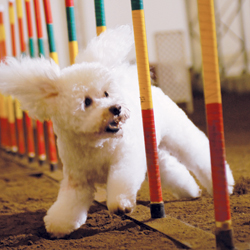
Non-sporting dogs are a diverse group, with members ranging from the Dalmatian to the Boston Terrier (not in fact a terrier) to the Lhasa Apso. Some members, like the Bulldog, will be happiest with more low-key activities, while others, like the Poodle, are natural athletes and excel at all manner of activities, from agility to Dock Docks.
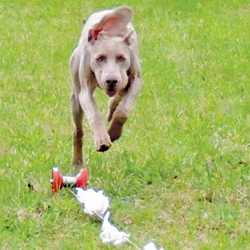
With their keen noses, dogs in the Hound Group—think the Beagle, American Foxhound, and Treeing Walker Coonhound—were bred to track game. They’ll get way down with scent work of all type, which is essentially tracking. Click here for eight fun scent-based games to get you started. For sight hounds (The Greyhound, the Afghan hound) it doesn't get more fun than lure coursing, a sport that involves chasing a mechanically operated lure.
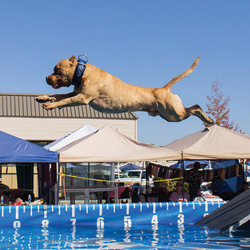
This group includes retrievers, pointers, setters, and the larger spaniels. Bred to find and retrieve small game, these smart, athletic dogs thrive on plenty of exercise. Most love anything fetch-related and are natural Dock Dog (jumping after a tossed toy into the water) and Disc Dog (essentially Frisbee taken to the ultimate level) participants. Or keep it informal and grab a disc and head to the park. Most dogs in this group make excellent running and biking partners too.
Join the newsletter and never miss out on dog content again!
"*" indicates required fields
By clicking the arrow, you agree to our web Terms of Use and Privacy & Cookie Policy. Easy unsubscribe links are provided in every email.
